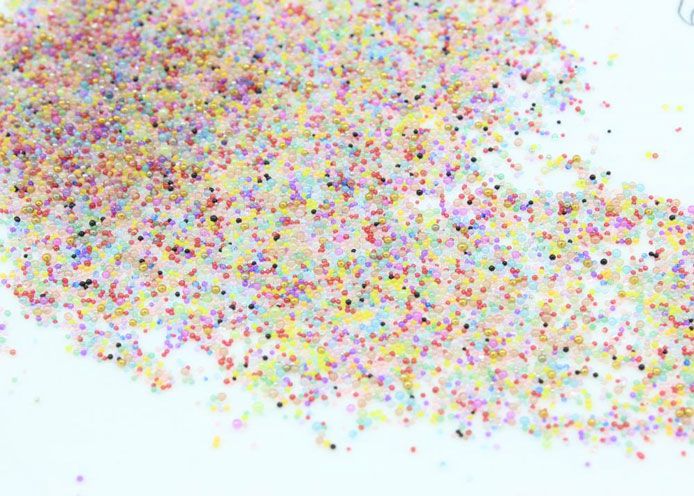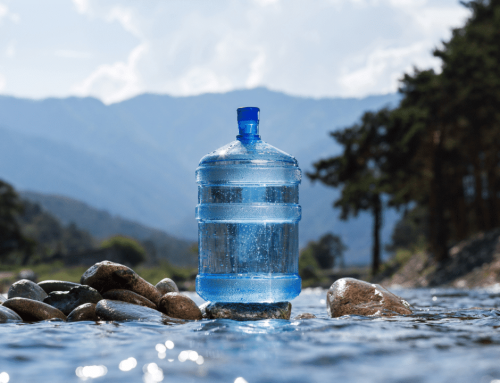Microplastics come from a variety of sources, including from larger plastic debris that degrades into smaller and smaller pieces. Microplastics also include those tiny beads of manufactured polyethylene plastic, generally less than five millimetres in length, that have found their way into the manufacture of various products such as cosmetics, health and beauty products, washing powders, toothpastes and clothing.
According to recent research by the Norwegian Institute for Water Research (NIVA) and the Swedish University of Agricultural Sciences (SLU) and published in the journal Environmental Science & Technology, massive amounts of microplastics are emitted from industry, normal households, and in surface run-off in urban areas, on a daily basis, and can also accumulate in sewage sludge used as a fertiliser for agriculture and horticulture.
The study outlines the fact that there may be far higher levels of microplastics in the soil than in our oceans as a result, and that they are also entering waste water treatment plants.
While sewage sludge is treated to remove various regulated hazardous substances, microplastics are not currently on the regulatory agenda.
NIVA researcher Luca Nizzetto said:
“We have found figures from the Nordic countries suggesting that a large fraction of all the microplastics generated in Western societies tend to end up in the sludge in wastewater treatment plants. Our estimates suggest that between 110.000 and 730.000 tons of microplastics are transferred every year to agricultural soils in Europe and North America, comprehensively. This level of microplastics exceeds the estimated total burden of microplastics currently present in ocean water.”
While we have been aware of the ingress of microbeads and other microplastics in the oceans for a while now, it is a concern that chemical-based microplastics are not only entering the human food chain via marine life, which we already knew, but also possibly via food grown for human consumption. This could impact negatively on human growth, reproduction and survival.
The bottom line is that microplastics are getting into our food chain and into our drinking water, and this is very dangerous.
Get office water coolers and water cooler accessories from Living-Water.






